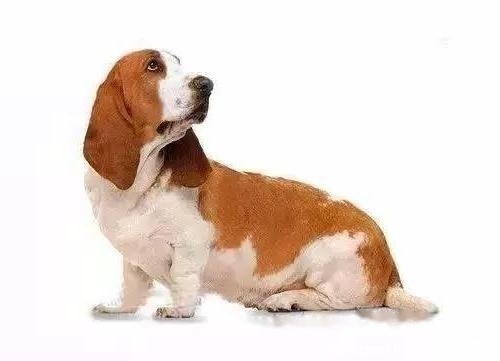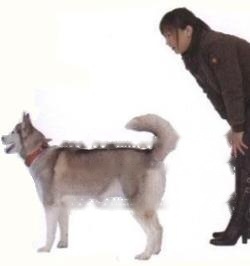
I. Commonly used examination methods
[I. Clinical examination method]
1. Skin scraping examination
Skin scraping is one of the most commonly used dermatological testing methods in veterinary clinics. This method is simple and fast, and can identify various types of parasitic infections. Although skin scraping is not always diagnostic, its simplicity and low cost make it one of the most commonly used methods for skin disease detection.
Some clinicians prefer to reuse blunt blades for skin scrapings, however, with the development of etc.) awareness of prevention increases, this phenomenon will be gradually reduced.
The skin scraping piece is divided into superficial skin scraping piece and deep skin scraping piece
The superficial skin scraping piece is used for the observation of scabies mites, chelating mites, ear mites and chiggers
Deep skin scraping is mainly used for the diagnosis of demodicosis
2. Cytological examination
Dermatocytic examination is the second most commonly used skin cytology Disease detection technology, mainly used for the identification of bacteria, fungi, infiltrating cells, tumor cells and acanthocytes.
3. Scotch tape method:
Can be used for the detection of various skin diseases.
4. Ear test:
It can check whether there are exudative lesions inside the ear canal with normal appearance, and it is used to identify whether there are parasites, fungi and bacterial infections in the external auditory canal .
5. Hair pulling examination:
Hair pulling examination is used to observe the condition of hair, and can complete the evaluation of the body's itching state, fungal infection, pigmentation, growth cycle, etc. .
6. Wood's lamp inspection:
The light source used in Wood's lamp is a special ultraviolet light with a wavelength of 340-450nm, which will not damage the skin or eyes. It can make some microorganisms such as microspores metabolize tryptophan metabolites to fluoresce apple green. However, not all microspores produce this cellular metabolite, and only about 50% of microspores can pass through Wood's. Check out the light method. Trichophyton and Microsporum gypsum were not detected by Wood's lamp test.
7. Slide pressure diagnosis method
Mainly used to identify vasodilation and subcutaneous hematoma.
【Second, special inspection method】
1. Culture method:
Used to identify specific pathogenic microorganisms
DTM (fungi) Detection medium) is used for the isolation and identification of dermatophytes. The dermatophyte detection medium consists of special materials that inhibit the growth of bacteria, and the medium turns red when fungi are present.
Bacterial/fungal culture plays an important role in the diagnosis of skin diseases. Any deep cellulitis, especially cellulitis that has formed a leak, should be cultured for bacteria/fungi. When making a differential diagnosis Cysts and tumors should also be cultured for pathogenic microorganisms.
2. Biopsy:
For veterinarians, biopsy is a very troublesome testing technique. The correct selection of the lesion site is of great significance to improve the reliability of skin biopsy results.
Skin biopsies provide the most useful information in a very short period of time, although skin histopathology cannot correctly identify the cause, they are able to characterize skin lesions as 1-6 conventional The categories: neoplastic, infectious, immune-mediated, endocrine-like, keratinizing defects, allergic.
3. PCR technology:
The polymerase chain reaction can amplify the DNA in the sample crystal. Compared with the real detection technology, the PCR technology has higher sensitivity and specificity.
4.Immunohistochemistry:
Irreplaceable method for diagnosing autoimmune skin diseases
5.Allergy test:
is used in the following cases: 1. Animals with clinical signs of allergic skin disease. 2. Animals with biopsy/skin scraping suggestive of allergic state 6. Therapeutic diagnostics
Determination of skin allergens or infectious agents.
![[Dog Training 5] The training method of pet dog dining etiquette](/static/img/12192/12192_1.jpg)




